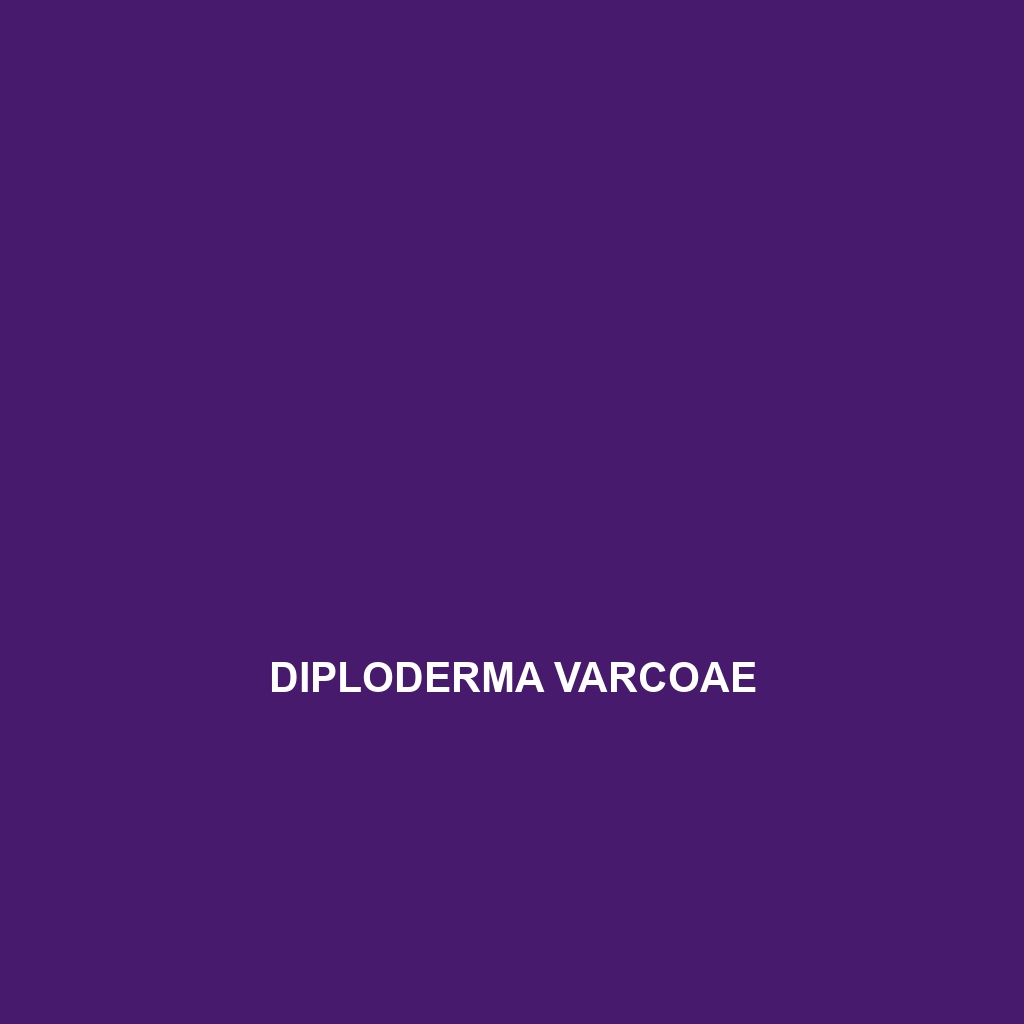Diploderma tachengense
Common Name: Diploderma tachengense
Scientific Name: Diploderma tachengense
Habitat: Diploderma tachengense is primarily found in the mountainous regions of western China, particularly in the Xinjiang Uyghur Autonomous Region. This species thrives in temperate forests and scrublands, often at elevations ranging from 1,000 to 2,000 meters. The preferred habitats include rocky outcrops and areas with dense vegetation, which provide suitable microhabitats for shelter and foraging.
Physical Characteristics: The Diploderma tachengense is a medium-sized lizard, typically reaching lengths of 15-20 cm. It is characterized by its robust body and a distinct coloration that varies from light brown to dark gray, often featuring lighter spots or stripes for camouflage. The lizard possesses a flattened head and a broad, square snout, with small, granular scales covering its body, making it rugged in appearance. Additionally, it displays pronounced limbs and a long tail that aids in balance.
Behavior: Diploderma tachengense is primarily diurnal, engaging in most of its activities during daylight hours. This species is known for its arboreal tendencies, often climbing trees and shrubs to bask in the sun or escape predators. When threatened, it may exhibit defensive behaviors, such as fleeing or freezing in place to avoid detection. Its social behavior is relatively solitary, although individuals may be seen basking in close proximity during warmer months.
Diet: The diet of Diploderma tachengense is predominantly insectivorous, feeding on a variety of insects, including crickets, grasshoppers, and beetles. It has also been observed consuming smaller invertebrates and occasionally plant material. Its feeding habits are opportunistic, adapting to the availability of food sources depending on the season and local ecosystem conditions.
Reproduction: Diploderma tachengense typically breeds during the spring and early summer months. Mating rituals involve elaborate displays where males showcase their vibrant coloration to attract females. After a gestation period of several weeks, females lay 2 to 6 eggs in moist, concealed areas. Hatchlings emerge in late summer, showing independence from birth and immediately beginning to forage for food.
Conservation Status: Currently, the conservation status of Diploderma tachengense is classified as **Vulnerable** by the International Union for Conservation of Nature (IUCN). Loss of habitat due to deforestation and climate change poses significant threats to its population. Conservation efforts are crucial in maintaining the ecological balance in its natural habitat.
Interesting Facts: Diploderma tachengense has a unique adaptation for its environment, including the ability to change its coloration based on temperature or mood. It has been the subject of various ecological studies due to its sensitivity to environmental changes, making it a key indicator species for habitat health.
Role in Ecosystem: As an insectivore, Diploderma tachengense plays an essential role in controlling insect populations within its habitat. Its presence contributes to the ecological balance, while also serving as prey for larger predators, thereby forming an integral part of the food web. The lizard also aids in the dispersal of seeds through its dietary habits, promoting plant diversity in its ecosystem.
